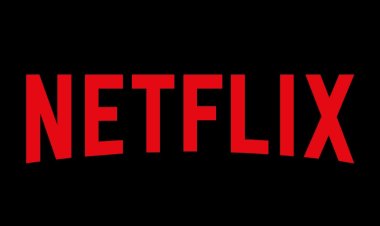Telegram's potential as a marketing tool excites modern-day strategists
Telegram's expanding user base, active community engagement, diverse content, bot-driven automation, and community-centered approach make it a favoured marketing channel, experts affirm

In 2013, Telegram debuted in India, swiftly claiming the title of the world's fourth most popular social media app. Renowned for robust file-sharing capacities and a lean approach to personal data, it has drawn a devoted user base, challenging even the supremacy of WhatsApp.
Over time, Telegram's evolution has seen the integration of features such as channels, stories, self-destructing media, and view-once options. This evolution has piqued the interest of marketers, recognizing the unique opportunities it offers.
During the Pitch BrandTalk summit organized by team e4m, Puneet Dua, Co-Founder, and CMO at SportsBaazi, highlighted Telegram and YouTube as underappreciated yet burgeoning marketing channels. "Google and Meta ads are pushing me away from the brand rather than pushing me towards it. Telegram and Discord are very urban but they are catching up," stated Dua.
Industry experts have noted Telegram's distinctive focus on community-building, emphasizing privacy as its cornerstone. Rashid Ahmed, Chief Digital Officer at Infectious Advertising, highlighted its role in forming communities based on shared interests, advocating for its potential in various realms, from deals to entertainment.
Echoing sentiments, Ritesh Ujjwal, Co-Founder of Kofluence, lauded Telegram's powerful community-building features, citing its encryption, diverse group options, and seamless bot integration as fostering secure and engaging communities across diverse interests and industries.
With an estimated 1.068 billion users, including 700 million monthly active users in 2023, Telegram has gained traction in the BFSI and gaming sectors for marketing purposes. However, Vikas Chawla, Co-Founder at Social Beat, noted that it's early for brands to fully utilize Telegram's potential, emphasizing the need for the platform's further evolution.
Experts suggested strategies for brands to leverage Telegram effectively: establishing targeted groups or channels, sharing relevant content, and utilizing bots for engagement and automation. Telegram Ads with sponsored messages on channels also emerged as a potential avenue for brand outreach.
While marketers are still exploring Telegram's potential for personalized mass marketing, many foresee it becoming a favored platform for consumer engagement. Chawla shared a successful use case with Dhan, a BFSI client, utilizing Telegram for community building.
Ahmed highlighted Telegram's growth, emphasizing its community engagement, diverse content support, and bot capabilities, foreseeing its rise as a primary engagement platform for marketers.
As Telegram continues to evolve and marketers navigate its potential, its unique community-centric approach and versatile marketing features position it as a promising frontier in the realm of digital marketing.

 Sumit Rawat
Sumit Rawat 









